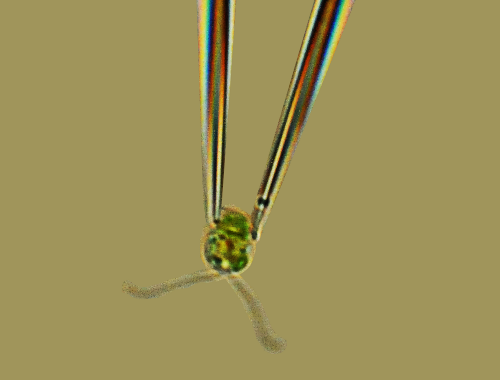From unicellular organisms as small as a few microns to the largest vertebrates on earth we find groups of beating flagella or cilia that exhibit striking spatio-temporal organization. This may take the form of precise frequency and phase locking as frequently found in the swimming of green algae, or beating with long-wavelength phase modulations known as metachronal waves, seen in ciliates such as \textit{Paramecium} and in our own respiratory systems. The remarkable similarity in the underlying molecular structure of flagella across the whole eukaryotic world leads naturally to the hypothesis that a similarly universal mechanism might be responsible for synchronization. Although this mechanism is poorly understood, one appealing hypothesis is that it results from hydrodynamic interactions between flagella. In this lecture I will discuss recent results using green algae as model organisms which provide the strongest evidence yet for the elastohydrodynamic origin of synchronization.
